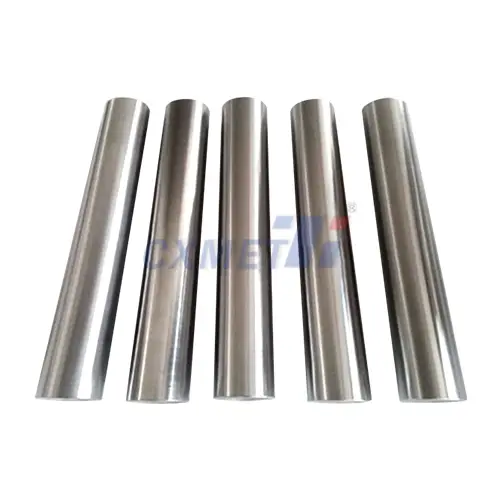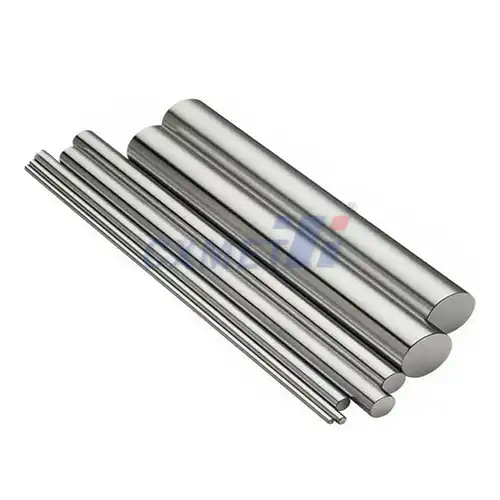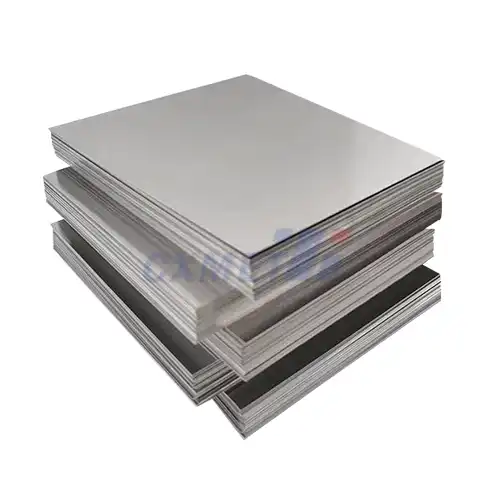- English
- French
- German
- Portuguese
- Spanish
- Russian
- Japanese
- Korean
- Arabic
- Greek
- German
- Turkish
- Italian
- Danish
- Romanian
- Indonesian
- Czech
- Afrikaans
- Swedish
- Polish
- Basque
- Catalan
- Esperanto
- Hindi
- Lao
- Albanian
- Amharic
- Armenian
- Azerbaijani
- Belarusian
- Bengali
- Bosnian
- Bulgarian
- Cebuano
- Chichewa
- Corsican
- Croatian
- Dutch
- Estonian
- Filipino
- Finnish
- Frisian
- Galician
- Georgian
- Gujarati
- Haitian
- Hausa
- Hawaiian
- Hebrew
- Hmong
- Hungarian
- Icelandic
- Igbo
- Javanese
- Kannada
- Kazakh
- Khmer
- Kurdish
- Kyrgyz
- Latin
- Latvian
- Lithuanian
- Luxembou..
- Macedonian
- Malagasy
- Malay
- Malayalam
- Maltese
- Maori
- Marathi
- Mongolian
- Burmese
- Nepali
- Norwegian
- Pashto
- Persian
- Punjabi
- Serbian
- Sesotho
- Sinhala
- Slovak
- Slovenian
- Somali
- Samoan
- Scots Gaelic
- Shona
- Sindhi
- Sundanese
- Swahili
- Tajik
- Tamil
- Telugu
- Thai
- Ukrainian
- Urdu
- Uzbek
- Vietnamese
- Welsh
- Xhosa
- Yiddish
- Yoruba
- Zulu
What Does ASTM B338 Specify for Titanium Tubes?
ASTM B338 is a critical standard that provides comprehensive specifications for titanium tubes, a widely used material in various industries such as aerospace, automotive, and chemical processing. This standard ensures the quality, performance, and safety of titanium tubes, making it an essential reference for manufacturers, engineers, and designers working with this versatile material.
What are the Dimensional Requirements for Titanium Tubes According to ASTM B338?
ASTM B338 outlines precise dimensional requirements for titanium tubes, including specifications for outer diameter, wall thickness, and length. These parameters are crucial for ensuring the proper fit and integration of titanium tubes in various applications. The standard provides guidance on the permissible tolerances for each dimension, allowing manufacturers to produce tubes that meet the stringent requirements of their customers.
One of the key dimensional requirements specified in ASTM B338 is the outer diameter of the titanium tubes. The standard establishes a range of acceptable outer diameters, typically ranging from a few millimeters to several inches, depending on the specific application. This ensures that the tubes can be seamlessly integrated into existing systems and equipment, reducing the need for costly modifications or custom fabrication.
Another important aspect covered by ASTM B338 is the wall thickness of the titanium tubes. The standard specifies the minimum and maximum wall thicknesses, taking into account the specific stresses and loads that the tubes will be subjected to during their service life. This helps to ensure the structural integrity of the tubes and prevents premature failures or compromised performance.
The length of the titanium tubes is also a critical factor addressed by ASTM B338. The standard provides guidelines on the acceptable lengths, allowing manufacturers to produce tubes that can be easily handled, transported, and installed. Additionally, the standard may include provisions for cut-to-length or custom-length options, catering to the specific needs of various applications.
Overall, the dimensional requirements outlined in ASTM B338 are designed to ensure the interchangeability, compatibility, and reliability of titanium tubes across different industries and applications. By adhering to these standards, manufacturers can produce tubes that meet the stringent quality and safety requirements of their customers, ultimately contributing to the successful and efficient use of titanium in a wide range of industries.
How Does ASTM B338 Ensure the Mechanical Properties of Titanium Tubes?
Mechanical properties are crucial when it comes to the performance and reliability of titanium tubes. ASTM B338 sets forth a comprehensive framework to ensure that the titanium tubes produced meet or exceed the necessary mechanical requirements for their intended applications.
One of the key mechanical properties addressed by ASTM B338 is the tensile strength of the titanium tubes. The standard specifies the minimum tensile strength that the tubes must possess, which is typically in the range of 345 to 930 MPa (50,000 to 135,000 psi), depending on the specific grade of titanium used. This ensures that the tubes can withstand the stresses and loads they will be subjected to during their service life without experiencing premature failure or deformation.
In addition to tensile strength, ASTM B338 also addresses the yield strength of the titanium tubes. Yield strength is a measure of the stress at which the material begins to deform plastically, and it is an important consideration for applications where the tubes must maintain their structural integrity under load. The standard provides specific requirements for the minimum yield strength, which can range from 275 to 860 MPa (40,000 to 125,000 psi) depending on the titanium grade.
Another critical mechanical property covered by ASTM B338 is the elongation of the titanium tubes. Elongation is a measure of the material's ductility, and it is essential for applications where the tubes may need to withstand bending, forming, or other deformation during installation or use. The standard specifies the minimum elongation requirements, which can vary from 10% to 20% depending on the tube size and the specific requirements of the application.
ASTM B338 also includes guidelines for the hardness of the titanium tubes, which is an important factor in determining the material's resistance to wear, abrasion, and indentation. The standard provides hardness ranges that are specific to the different grades of titanium, ensuring that the tubes can withstand the demands of their intended use.
To verify the mechanical properties of the titanium tubes, ASTM B338 requires manufacturers to conduct rigorous testing and inspection procedures. These may include tensile testing, hardness testing, and other non-destructive evaluation techniques to ensure that the tubes meet the specified requirements. By adhering to these standards, manufacturers can produce titanium tubes that are reliable, durable, and suitable for a wide range of applications.
What Chemical Composition Requirements Does ASTM B338 Specify for Titanium Tubes?
The chemical composition of titanium tubes is a critical factor that determines their performance, corrosion resistance, and overall suitability for various applications. ASTM B338 sets forth detailed requirements for the chemical composition of titanium tubes, ensuring that manufacturers produce products that meet the industry's stringent standards.
One of the primary elements that ASTM B338 addresses is the titanium content. The standard specifies that the titanium tubes must contain a minimum of 99.0% pure titanium, with the remaining composition consisting of other alloying elements. This high purity requirement ensures that the tubes possess the desired mechanical, physical, and corrosion-resistant properties that make titanium a preferred material in many industries.
In addition to the titanium content, ASTM B338 also specifies the maximum allowable limits for various impurities and alloying elements. These include elements such as iron, oxygen, nitrogen, carbon, and hydrogen, among others. The standard establishes strict limits for these elements, ensuring that the titanium tubes are free from contaminants that could compromise their performance or lifespan.
One of the key alloying elements that ASTM B338 addresses is aluminum. Aluminum is commonly added to titanium to enhance its strength, corrosion resistance, and high-temperature performance. The standard specifies the maximum and minimum allowable aluminum content, typically ranging from 5.5% to 6.5% for certain grades of titanium tubes.
Another important alloying element is vanadium, which is added to titanium to improve its strength and heat resistance. ASTM B338 provides guidelines for the maximum vanadium content, ensuring that the titanium tubes possess the necessary mechanical properties for their intended applications.
To ensure the consistency and quality of the titanium tubes, ASTM B338 requires manufacturers to conduct rigorous chemical analysis and testing. This may include techniques such as optical emission spectrometry, X-ray fluorescence, or inductively coupled plasma mass spectrometry to verify the chemical composition of the tubes.
By adhering to the chemical composition requirements outlined in ASTM B338, manufacturers can produce titanium tubes that are reliable, durable, and suitable for a wide range of applications, from aerospace and automotive to chemical processing and medical equipment.
At SHAANXI CXMET TECHNOLOGY CO., LTD, we take pride in our extensive product range, which caters to diverse customer needs. Our company is equipped with outstanding production and processing capabilities, ensuring the high quality and precision of our products. We are committed to innovation and continuously strive to develop new products, keeping us at the forefront of our industry. With leading technological development capabilities, we are able to adapt and evolve in a rapidly changing market. Furthermore, we offer customized solutions to meet the specific requirements of our clients. If you are interested in our products or wish to learn more about the intricate details of our offerings, please do not hesitate to contact us at sales@cxmet.com. Our team is always ready to assist you.
References:
1. ASTM International. (2023). ASTM B338-23: Standard Specification for Seamless and Welded Titanium and Titanium Alloy Tubes for Condensers and Heat Exchangers. ASTM International.
2. ASM International. (2022). ASM Handbook, Volume 2: Properties and Selection: Nonferrous Alloys and Special-Purpose Materials. ASM International.
3. Boyer, R. R., & Collings, E. W. (1994). Materials Properties Handbook: Titanium Alloys. ASM International.
4. Donachie, M. J. (2000). Titanium: A Technical Guide (2nd ed.). ASM International.
5. Leyens, C., & Peters, M. (2003). Titanium and Titanium Alloys: Fundamentals and Applications. Wiley-VCH.
6. Lütjering, G., & Williams, J. C. (2007). Titanium (2nd ed.). Springer.
7. Niinomi, M. (2019). Metals for Biomedical Devices. Woodhead Publishing.
8. Qiu, C. L., & Yang, Y. L. (2018). Titanium Alloy Production Technology. Springer.
9. Whittaker, M. T. (2011). Titanium in the Nuclear Industry: Twelve International Conference. ASTM International.
10. Yin, F. X., & Zhao, Y. Q. (2015). Titanium Alloy Casting Technology. Chemical Industry Press.



